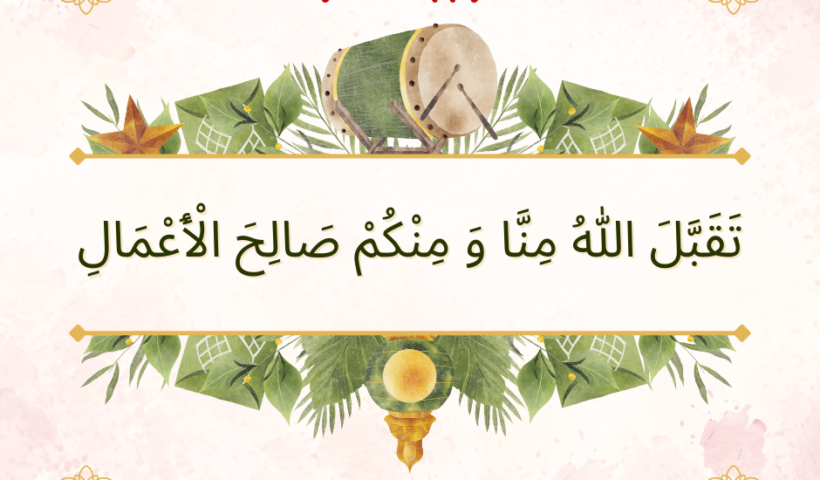In this article we will discuss about “XChat by Elon Musk: Features, Security Risks, and Can It Replace WhatsApp?”
What is XChat?
XChat is a newly launched messaging feature on X (formerly Twitter), designed to transform the platform into a multi-functional “everything app.” Unveiled in June 2025, XChat integrates encrypted messaging, audio/video calls, file sharing, and “vanishing messages” (self-deleting after 5 minutes, 1 hour, or 8 hours). Built using the Rust programming language, XChat claims to employ “Bitcoin-style encryption,” though this term has sparked skepticism among cybersecurity experts. Unlike traditional end-to-end encryption (E2EE) used by WhatsApp or Signal, XChat’s security framework remains vague, with critics noting its lack of transparency, audits, or open-source verification.
Founder and Vision
Elon Musk, CEO of X and founder of Tesla, SpaceX, and Neuralink, acquired Twitter for $44 billion in 2022 and rebranded it as X in 2023. His vision for XChat aligns with his goal to create a Western counterpart to China’s WeChat—a super-app combining social media, payments, shopping, and communication. Musk’s background as a PayPal co-founder fuels speculation about integrating financial services into X, though XChat currently focuses on communication.
Functionality
- Encrypted Messaging: Claims to secure messages using “Bitcoin-style” cryptography, though experts argue Bitcoin’s blockchain uses public ledgers, not encryption.
- Vanishing Messages: Temporary chats that auto-delete.
- Cross-Platform Calls: Audio/video calls without requiring phone numbers.
- File Sharing: Supports all file types, including documents and media.
- Integration with X: Directly linked to X’s social feed, enabling seamless interaction.
Benefits
- All-in-One Convenience: Combines social media, messaging, and calls in one app.
- Enhanced Privacy: Claims of encryption appeal to users wary of data harvesting.
- Innovative Features: “Vanishing messages” cater to privacy-conscious users.
- Cross-Platform Accessibility: Works across iOS, Android, and web.
The Future of Competing Apps (WhatsApp, Signal, etc.)
While XChat’s ambitions are grand, its ability to replace established apps faces hurdles:
- Security Concerns: Without proven E2EE, users may stick to trusted apps like WhatsApp or Signal.
- Feature Maturity: Apps like WhatsApp dominate due to reliability and a decade of refinement.
- Monetization Challenges: X’s ad-heavy model clashes with privacy-focused messaging.
- Regulatory Scrutiny: X’s data practices and Musk’s controversial leadership could deter users.
Expert Take:
- Matthew Hodgson (CEO of Element): “XChat lacks transparency. True encryption requires open protocols, not marketing buzzwords.”
- Dario Betti (Mobile Ecosystem Forum): “Musk’s ‘Bitcoin-style’ phrasing hints at future financial integrations, but technical accuracy matters.”
Will XChat Replace All Apps?
Not immediately. While XChat advances Musk’s “everything app” vision, its success hinges on:
- Gaining user trust through verifiable security.
- Expanding into payments, shopping, and services.
- Competing with entrenched giants like WhatsApp (2.4 billion users).
For now, XChat remains a bold experiment—a stepping stone toward redefining social platforms, but not yet a WhatsApp killer.
How to Create an XChat Account: Step-by-Step Guide
XChat is a new encrypted messaging feature integrated into X (formerly Twitter), designed to compete with apps like WhatsApp. Here’s how to set it up:
Requirements
- An X (Twitter) account (new or existing).
- X Premium subscription (required for beta access as of June 2025).
- Latest version of the X app (iOS/Android) or access to X.com.
Step 1: Create an X Account
Skip this step if you already have an account.
- Visit X.com/signup or open the X app.
- Click Sign Up.
- Enter your name, email, or phone number.
- Verify your email/phone via the code sent by X.
- Customize settings (optional) and complete the process.
Step 2: Subscribe to X Premium
XChat is currently limited to paid subscribers.
- Go to Settings > X Premium in the app or web.
- Choose a subscription plan (e.g., Premium, Premium+).
- Enter payment details and confirm.
Step 3: Access XChat
- Open the X app or visit X.com.
- Navigate to Direct Messages (DMs).
- Look for the XChat icon (🔒) or a banner prompting beta access.
- If eligible, follow on-screen instructions to activate XChat.
Step 4: Set Up XChat Features
- Enable Encryption:
- Turn on “End-to-End Encryption” in XChat settings.
- Vanishing Messages:
- Tap the ⏳ icon to set self-destruct timers (5 min, 1 hr, etc.).
- Audio/Video Calls:
- Start calls directly from the chat interface (no phone number needed).
Note for Beta Users
- XChat is rolling out gradually; some users may need to wait.
- File sharing, group chats, and cross-platform compatibility are still in testing.
Troubleshooting
- No XChat Access? Ensure you’re a paid subscriber and update the app.
- Verification Issues? Contact X Support via Settings > Help Center.
Future Updates
Elon Musk plans to expand XChat to free users with limited features post-beta. Stay tuned for announcements!
Pro Tip: XChat uses your existing X username—no separate account needed. Just log in and start messaging!
Final Word:
XChat embodies Musk’s disruptive ethos, but its legacy will depend on bridging the gap between ambition and execution. As the digital landscape evolves, XChat could either revolutionize connectivity or become another footnote in tech’s “overpromise, underdeliver” history.
For more details, visit X Help Center or follow @XUpdates on the platform.
#XChat #ElonMusk #EncryptedMessaging #RustLang #PrivacyFirst #FutureOfCommunication #viralpost
#TechNews #XApp










